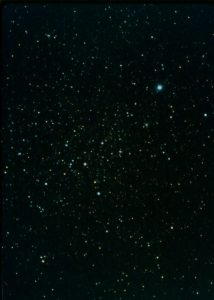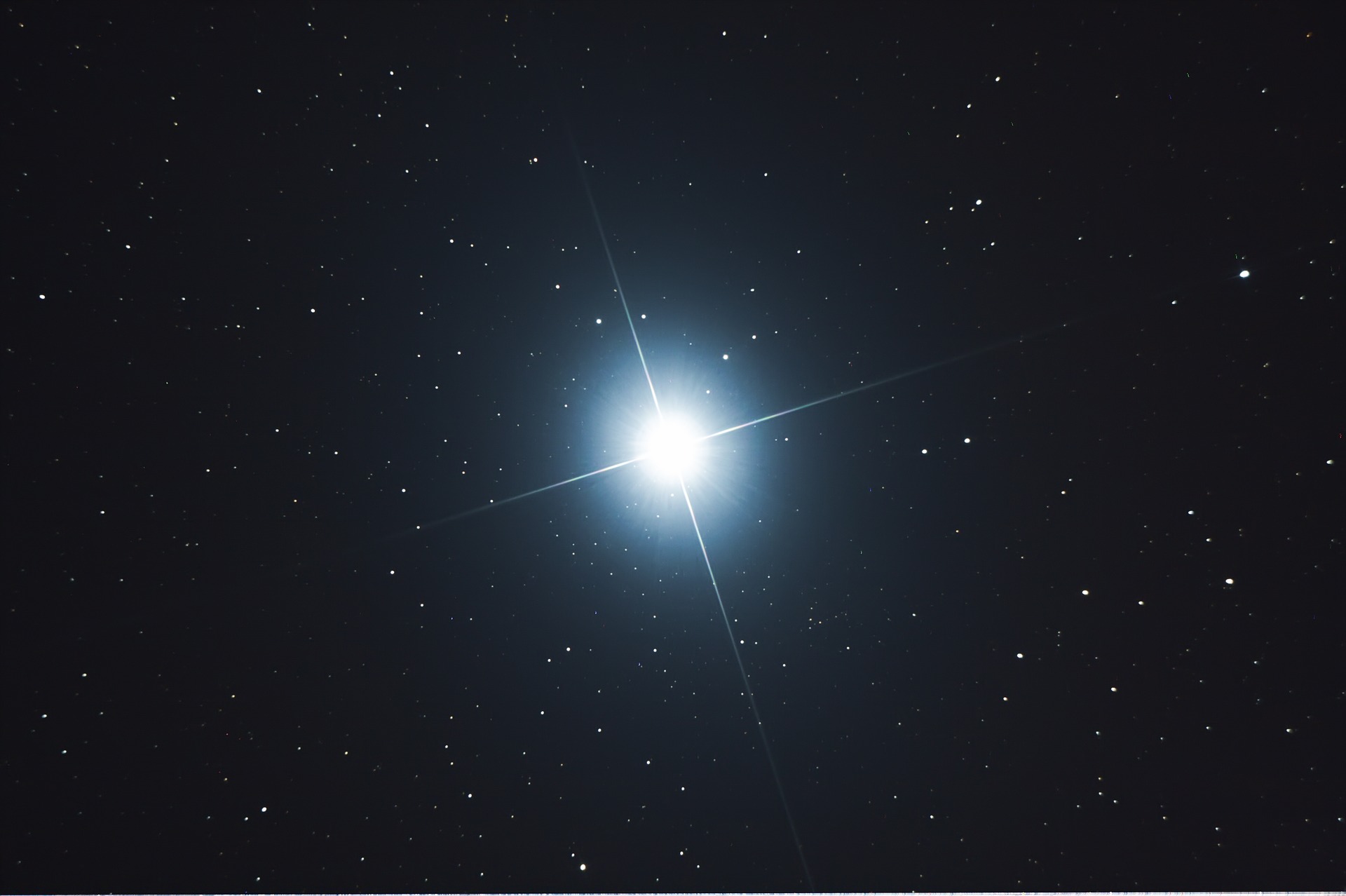
TUSCALOOSA, Ala. — The dog days of summer are here. It’s hot, sometimes miserably so. Humans are hot. Dogs are hot. All creatures great and small are hot.
Heat is not the reason for the dog days of summer, though. At least, not directly.
The phrase traces to ancient times when the Greeks, and then the Romans, thought the alignment of the sun and the brightest nighttime star in the sky brought added heat to the summer. The five to six weeks Sirius, called the Dog Star, rises with the sun does coincide with some of the hottest days of the year, so it marked the miserable days of summer in the ancient calendars.
Sirius, though, is excessively far away to heat Earth.
“The amount of heat we get from Sirius is absolutely negligible compared to the sun,” said Dr. Ron Buta, professor emeritus of astronomy at The University of Alabama. “The rising of Sirius at the same time as the sun doesn’t add any significant extra heat. It’s a myth.”
Still, for astronomy lovers, this time of year can be a great time to see Sirius just before dawn, and, with a sophisticated telescope, see Sirius during the day, Buta said.
This year, the dog days of summer last from July 3 to Aug. 11. There is a sweet spot near the end of the dog days when Sirius shines bright in the wee hours of the morning.
“If you wait till the end of July, it should be dark enough to see Sirius just before sunrise,” Buta said.
In early August, Sirius begins to rise earlier and earlier until, in December, it appears in the evening sky, he said.
Sirius is the most prominent star in the constellation Canis Major, Greek for “greater dog.” The word “sirius” is Greek for “scorching.”
Even though it’s the brightest star in the night sky, it’s not the closest, Buta said.
Sirius is about 8.5 light years away from Earth. In relatable terms, if the sun were one inch away from Earth on model, Sirius would be nine miles away in the model. However, it’s luminous thanks to being much hotter than the sun.
“It’s a very beautiful star to see,” Buta said.
Contact
Adam Jones, UA communications, 205-348-4328, adam.jones@ua.edu
